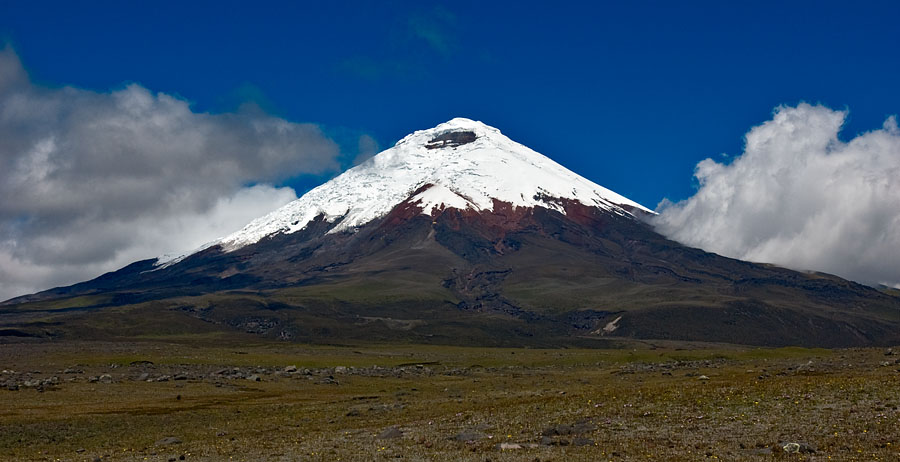



Tortoises, Seals, Blue Footed Boobies, and Sally Lightfoot Crabs
---More pictures can be found here.
Well, I am officially at home and have been for almost three weeks. It is definitely good to be here, but it feels super cold. I think spending the first part of December in the Galapagos gave me false expectations of what I was coming home to. I left our island during the peak of summer and have successfully escaped the cold until now.
I wanted to blog earlier, but it’s been hard not having a computer. (I’ve been sneaking time on my dad’s MacBook when he isn’t using it.) I wasn’t even able to upload my Galapagos pictures for a while after getting home. I had to find a cord to borrow since mine was stolen. Here is what was taken, and it was pretty random: my suitcase, computer and carrying case, camera cord, toothbrush charger, mosquito head net, and parts from my water filter (carrying case, sponge, rubber o-rings, and silicon lubricant). The hardest part was losing the computer though. I like to take pictures and lost about 3,500 from the trip. Thankfully I’ve been uploading handfuls in blogs and on Facebook so I still have a few of my own.
Anyway, I thought I’d end the blog off by sharing some of the highlights of our last week in Guayaquil and the Galapagos. This was another group trip that was part of our study abroad package, and it’s pretty cool to have a Galapagos cruise paid for.
We flew out of Quito early on Saturday morning and spent the whole day in Guayaquil, the main coastal port city in Ecuador. There we visited a giant outdoor museum, saw a city park full of iguanas, strolled the modern boardwalk, and spent the evening hiking at a lighthouse park. The Ecuadorian coast feels like it's in a different county; the climate and culture are completely different and so are the locals and spoken Spanish. That night we stayed in the sketchiest hotel I’d ever seen, complete with loud traffic and rowdy neighbors.
The next morning we flew out to Baltra, the main airport in the Galapagos. There we met up with our tour guide and caught a bus to the harbor. Our boat, the Yolita II, was about 115’ long and had nine other passengers, who were from Italy, Germany, Switzerland, Belgium, Russia, and Australia. Our cruise was a five-day tour of the southern islands and we went to six of them, including the small ones below. After Baltra we went to Santa Cruz and the Plazas, then we did a circled around Santa Fe, Española, and Floreana.

The Galapagos seem like normal islands, but the crazy part is the plants and wildlife. Each island has it’s own character and unique flora and fauna, and four main ocean currents all end up there. Everyday we visited parks and beaches on different islands and we were able to do a lot of snorkeling. We saw lots of fish along with turtles, rays, and sharks. My favorite diving spot was the Corona del Diablo (Devil’s Crown), a giant rocky circlet in the middle of the water. Other highlights included spelunking (cave exploring) up to my neck in water, running into a pod of dolphins, and enjoying seal-infested beaches. The hikes were short but they were still a lot of fun.
I didn’t realize how strict the rules and regulations would be though. You have to be there with a guide and the number of visitors per day is limited. The schedules are set so islands can only be visited on certain days and you can only stay on marked paths. This was disappointing at first, but it makes sense. The islands are full of gringo tourists and it’s sad most Ecuadorians have never even seen them.


Beautiful Island Scenery: Floreana and Santa Cruz Islands
(More pictures here)
We flew back to Quito on that Thursday (12/2), and that’s when I first realized my stuff was taken. The last couple days were relaxed and just involved final meetings and (procrastinating) packing. I wanted to go to a bullfight with a couple friends, but that didn’t work out. Saturday (12/4) was the day we left and I had an interesting time getting out of the airport in Quito. Among other things, I couldn’t carry my three paintings on the plane because of a no-glass rule, so I had to call my bags back to pack/wrap everything and I went through a scuffle with the guys who claimed to sell “insurance.” I finally rechecked my odd-shaped 49.8 lb bag with 24 bright orange fragile stickers, and my paintings miraculously made the trip unharmed. It was good to see everyone in Seattle when I landed, and I made it back to the island on Sunday evening.
I remember on the first day of class our teacher asked us what our goals for the semester were. My response was that I wanted to be less of a gringo, and she just laughed and said that wasn’t possible for me. But now after everything has happened, I would definitely consider myself less of a gringo. The experience of living in a foreign country was both powerful and life changing. I met a lot of cool people from all over South America and had some great opportunities while living in Quito. It was good to be able to spend time focused on Spanish studies, and it was challenging to live and build relationships without any English. I learned a lot, had some great travel opportunities, conquered some pretty high elevations, and redefined my definition of awkward. Overall it was a good semester.
Thank you for reading my blog! :)











































